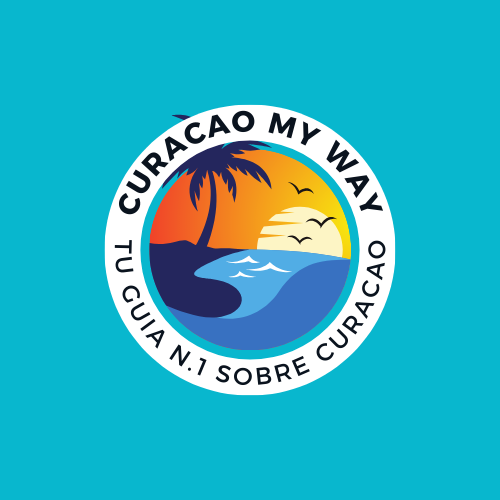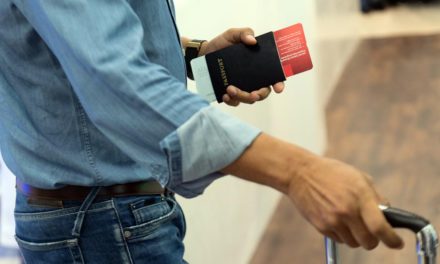History of Curaçao
curaçao, a historical treasure of the caribbean
Curaçao, a Caribbean island located north of the Venezuelan coast, has been a strategic point in the history of trade routes and colonial cultures for centuries. Over time, it has accumulated a unique cultural and heritage legacy that distinguishes it from many other Caribbean islands. In this article, we will explore Curaçao’s fascinating history, from pre-Columbian times to its modern independence, addressing the influences that have shaped it.
European Discovery: The Arrival of the Spaniards
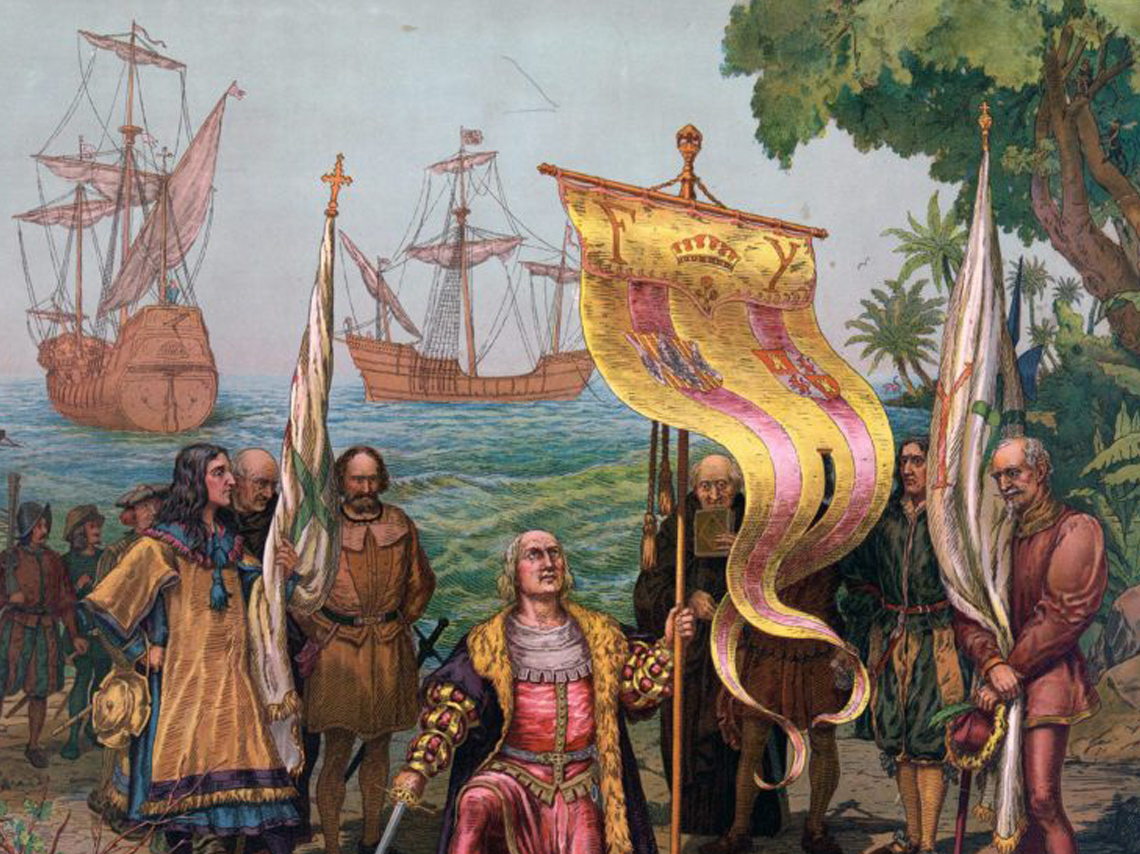
Curaçao’s first encounter with Europeans took place in 1499, when the Spanish explorer Alonso Ojeda Alonso de Ojedaaccompanied by Amerigo Vespuccisighted the island. Although the Spanish initially found little economic interest in Curaçao due to the lack of gold, the island was claimed by the Spanish Crown and became part of its colonial empire. The indigenous Caiquetíos were largely deported to work in the mines of the South American continent.
THE DISPLACEMENT OF INDIGENOUS PEOPLE

The Caiquetíos, like many other native peoples, suffered from colonization. They were reduced in number and relevance, while the island was largely ignored by European settlers during the first decades after its discovery.
Photo taken from https://www.asiento.nl/asiento-de-caiquetios
Dutch Interest: The Conquest of 1634
In 1634, Curaçao changed hands when the Netherlands changed Netherlands conquered the island during the height of the Dutch war of independence against Spain. The Dutch West India Company was interested in its excellent location and its natural harbor in the bay of Schottegatwhich would eventually become WillemstadCuraçao is one of the most important commercial centers in the Caribbean. The Dutch established in Curaçao a center for the slave trade, which proved to be fundamental for its economy during the XVII and XVIII centuries.
The Slave Trade: A Dark Part of History
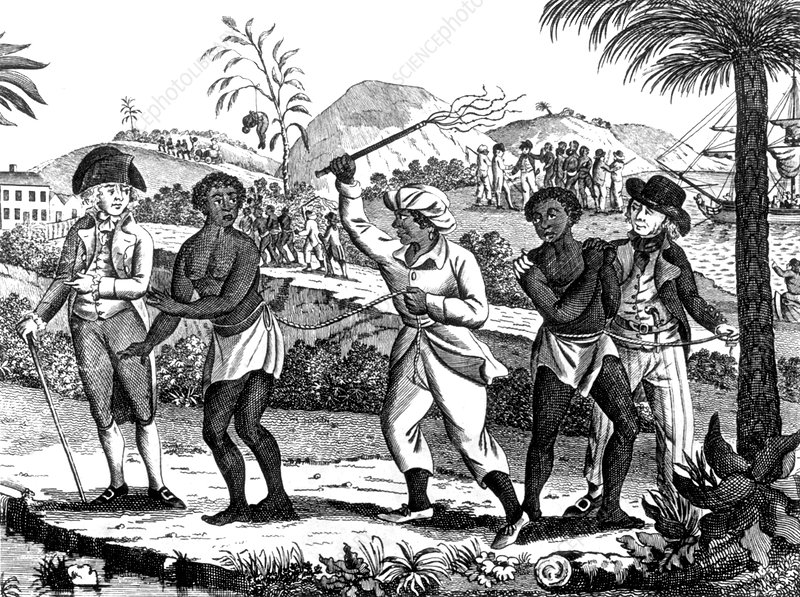
Curaçao, under Dutch rule, became a nefarious center of the transatlantic slave trade. Thousands of Africans were brought to the island to be sold as slaves in other Caribbean and South American colonies. Although slavery was abolished in 1863, the influence of this period left a deep imprint on the island’s culture and society.
The Abolition of Slavery
The end of slavery in 1863 brought significant changes to Curaçao’s economy and demographics. The freed population faced numerous challenges, such as lack of resources and opportunities, but over time, the descendants of slaves became an integral part of Curaçao society, shaping its vibrant and diverse culture today.
Nineteenth and Twentieth Centuries: Political and Economic Transitions
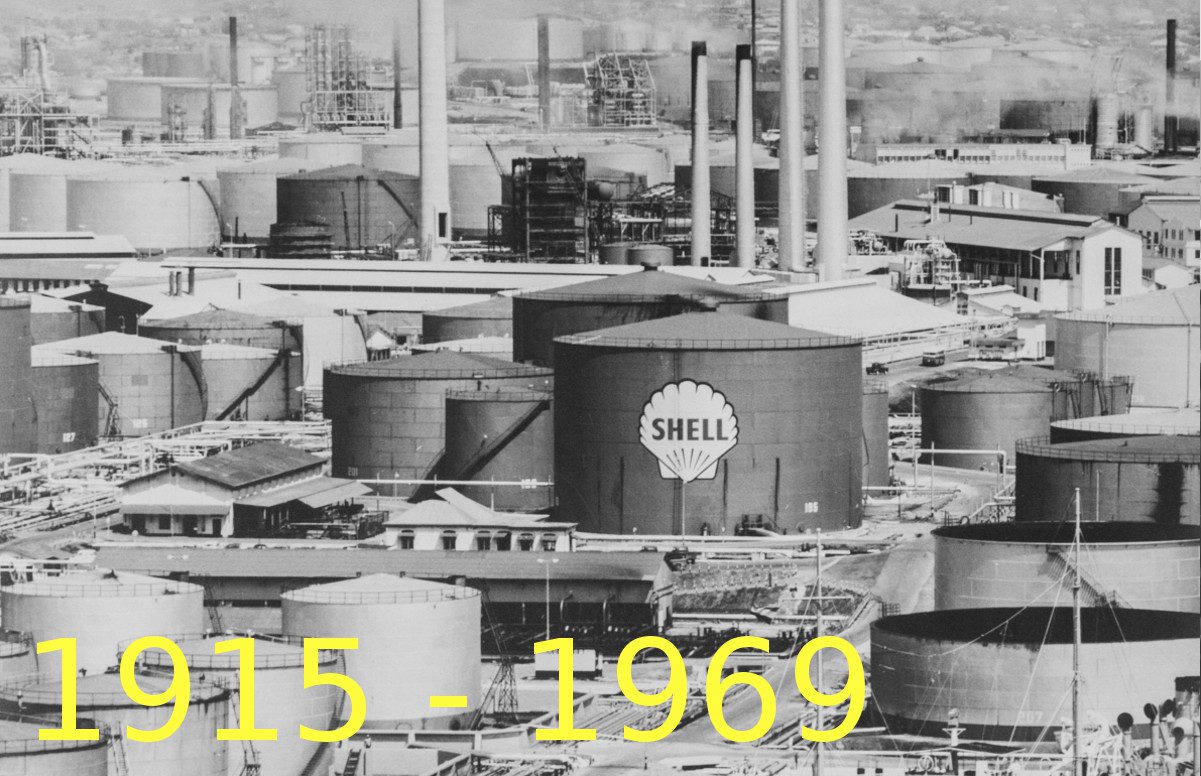
During the 19th century, Curaçao underwent important political changes. With the end of direct colonial rule, the island began to experience greater autonomy, although it remained part of the Kingdom of the Netherlands. In the 20th century, the construction of a oil refinery in Willemstad by Royal Dutch Shell boosted Curaçao’s economy. The oil industry became one of the island’s economic engines, providing employment for many people and attracting immigrants from other parts of the Caribbean and South America.
Photo taken from: https://naam.cw/
Curaçao in World War II
Curaçao played a key role during World War II because of its oil refineries, which supplied fuel to the Allies. The port of Willemstad was the target of attacks by German U-boats, underscoring its strategic importance during the conflict. After the war, the island continued to prosper as a reference point for international trade.
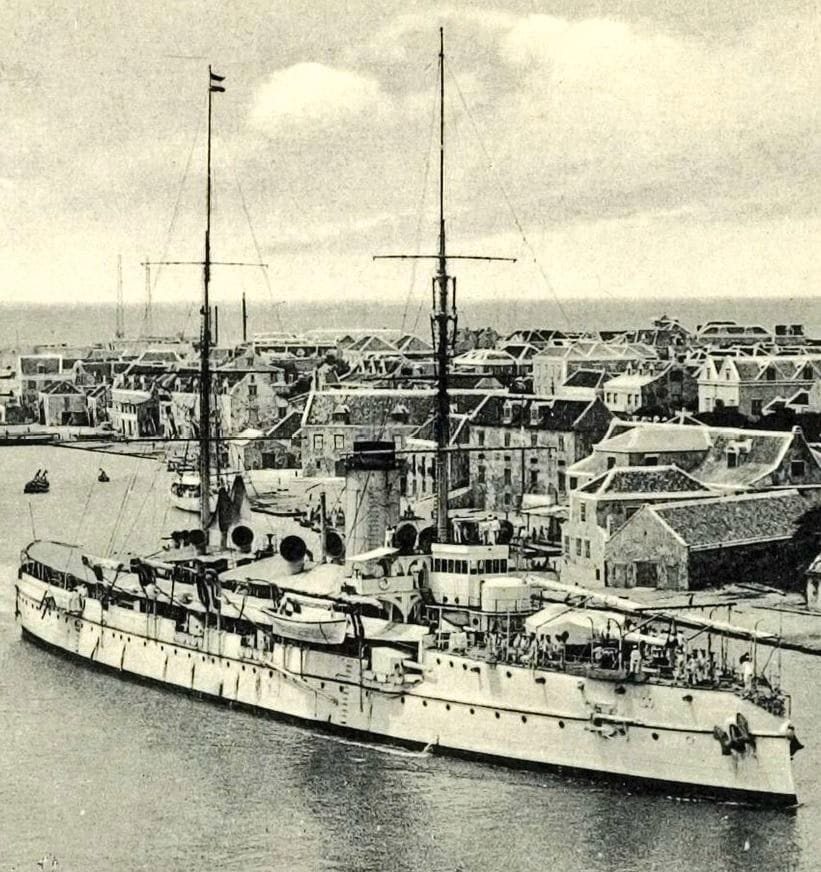
Curaçao’s Autonomy and Current Status
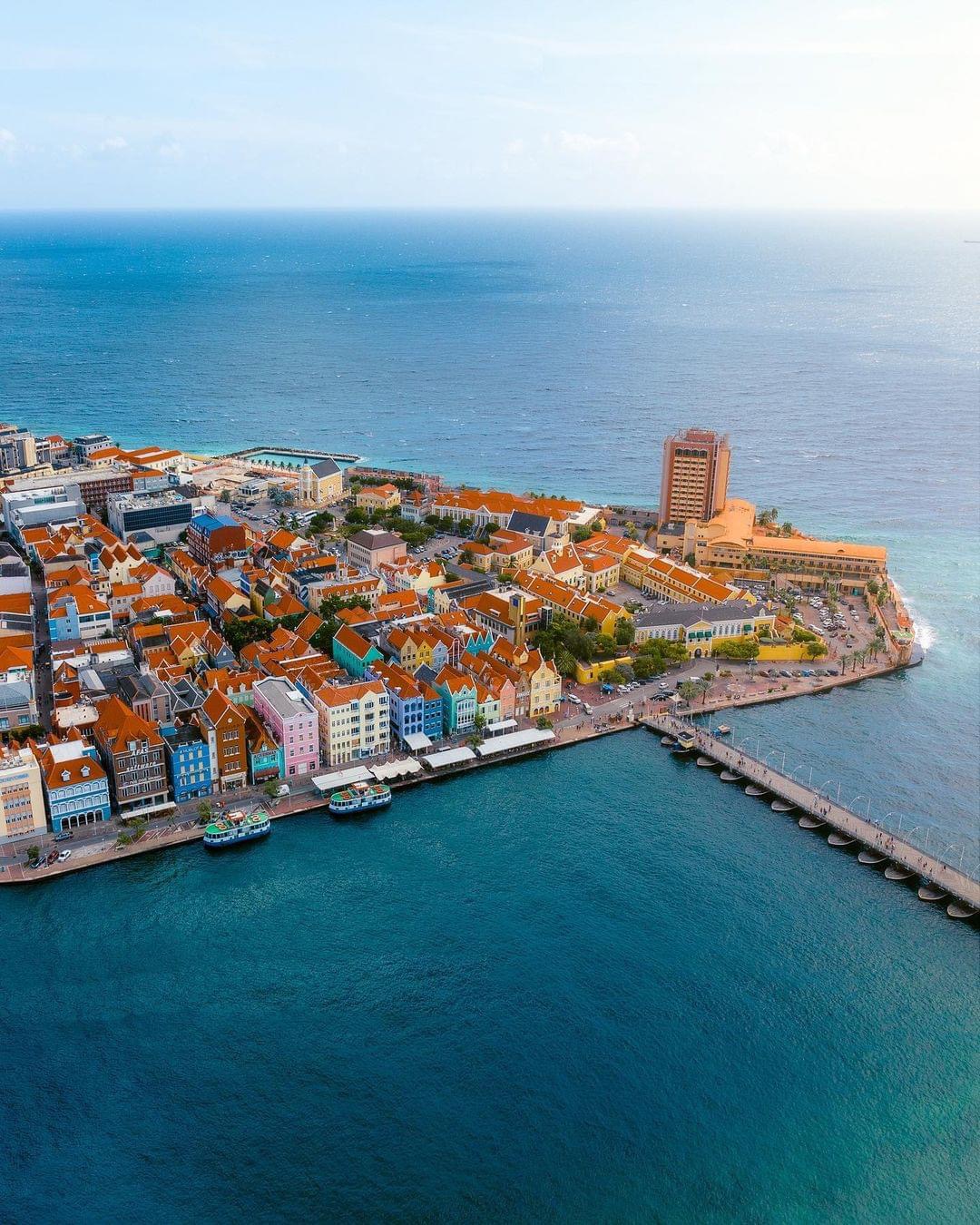
In 1954, Curaçao became part of the Netherlands Antilles, an autonomous group of islands within the Kingdom of the Netherlands. However, over time, the island began to seek more independence. Finally, on October 10, 2010, Curaçao became an “autonomous country” within the Kingdom of the Netherlands, along with Aruba and Sint Maarten.
Culture and Tourism in Modern Curaçao
Today, Curaçao is known for its unique blend of African, European and Latin cultural influences, with a multicultural population that speaks Papiamento, Dutch, English and Spanish. The island is famous for its colorful colonial buildings, pristine beaches and vibrant nightlife.
Tourism plays a vital role in Curaçao’s economy, attracting visitors from all over the world interested in its natural scenery, fascinating history and rich cultural heritage. Events such as the Curaçao Carnival and the North Sea Jazz Festival are just a few examples of the celebrations that make the island a culturally attractive destination.
Conclusion: An Island with a Rich and Diverse History
Curaçao’s history is a reflection of the crossover of cultures, colonization and resilience. From its pre-Columbian origins to its current status as an autonomous country within the Kingdom of the Netherlands, the island has witnessed a rich amalgam of influences. With a privileged location in the Caribbean and an unparalleled cultural heritage, Curaçao remains a fascinating destination for historians and travelers alike.
Keywords: Curaçao history, Curaçao slave trade, Curaçao heritage, Dutch colonization, Willemstad World Heritage Site, Curaçao culture, Curaçao tourism, abolition of slavery in Curaçao, Curaçao autonomy.
